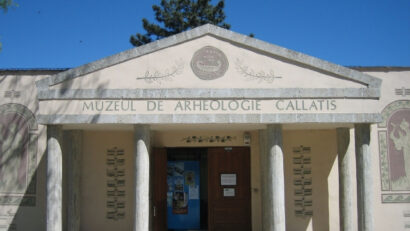
In Bucharest on Monday, the Supreme Defence Council had a first meeting chaired by the president of Romania, Nicușor Dan

In his first competition since the Paris Olympics, David Popovici proved that he still was the best European swimmer in the 100 and 200 metre freestyle events

A new edition of the Sibiu International Theatre Festival has ended.

Swimmer David Popovici last week broke a new European record in the 100 meter free-style race
Currency Converter RON/EUR: Wed, 2 Jul.

When the war in Ukraine began, theatre director Vlad Chiriţă found himself confronting a deep unease, both personal and collective. It was then, by chance, that he came across “Break of Day”, a play by Fredrik Brattberg. The story, centered around a family grappling with an outside world in crisis, struck a powerful chord.

The latest news from the Romanian labor market.

A brief look at the latest efforts to strengthened the Eastern Flank of the North Atlantic Alliance

The latest from the Romanian labour market

An overview of the Dacian Spring 2025 exercise

The story of the first female physician in Romania

The first woman to ever hold a ministerial position in Romania, she was a neurologist, a child psychiatrist and a humanitarian

A new piano-based therapy programme for children with autism spectrum disorder

Sauver la Princesse, performative installation created by visual artist Alexandra Sand

Everything you need to know about Romania in less than 60 minutes

Everything you need to know about Romania in less than 60 minutes

Everything you need to know about Romania in less than 60 minutes

In Romania, archaeology evolved after World War II

The action is coordinated by the Romanian Ornithological Society, as part of a European initiative

Psychological first aid is a punctual intervention, a set of simple but essential actions, offered to people in situations of emotional crisis.

Ion Pleș of Ieud, Maramures County, turned his grandparents' old house into a museum

RRI broadcast frequencies valid as of March 30 to October 25, 2025:

A malfunction has been recorded at one of the transmitters in Tiganesti, and we will temporarily be broadcasting on different frequencies.

RRI broadcast frequencies valid as of March 30 to October 25, 2025:

Radiocom has managed to fix the malfunction of one of the shortwave transmitters in Tiganesti

Businessman Elon Musk was designated "Personality of the Year 2024 on RRI"

The RRI programs have been temporarily moved to a second transmitter
